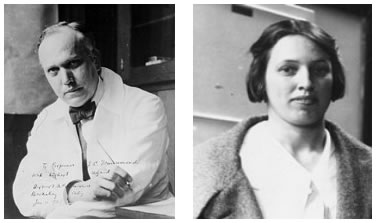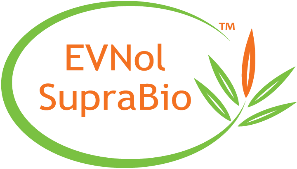
1922
Herbert Evans and Katherine Bishop from University of California- discovered vitamin E in green leafy vegetables.
1924
Scientific name for vitamin E–tocopherol was adopted as vitamin E supported fertility. In Greek, tokos means childbirth while phero means to bring forth.
1936
Vitamin E was discovered in wheat germ oil.
1940
Vitamin E was found to protect people from coronary heart disease
1964
A vitamin E compound was isolated from a rubber plant, Havea brasiliensis and it was named “Tocotrienols”.
1968

Vitamin E recognized as an essential nutrient officially by the Food and Nutrition Board of the National Academy of Sciences.
1986
Tocotrienol (T3) from barley showed decreased rate of cholesterol synthesis, total and LDL (low-density lipoprotein) when feeding to chicken.
1991
T3 demonstrated hypocholesterolemic effects in an animal and 2 human studies
1994
T3 derived from palm oil exhibited anti-cancer effects in EBV (Epstein – Barr virus) human lymphoblastoid cells.
2000
Nanomolar concentrations of T3 inhibited glutamate-induced neuronal cell death, by Prof Sen.
2003

A bio-enhanced delivery system (SupraBio® System) for consistent and optimal absorption of T3 was developed.
National Institute of Health (NIH)-funded neuroprotective studies (in vitro, in vivo & clinical studies) led by Prof Sen commenced.
2006
T3 demonstrated neuroprotection by antioxidant-independent mechanism.
2007
First clinical study – SupraBio® System on hair growth
2008
First clinical study- SupraBio® System on heart health (arterial compliance)
2010
Palm T3 obtained GRAS status from USFDA First clinical study –SupraBio® System on Immune Support
2011
First T3 conference (Las Vegas) organized by Malaysian Palm Oil Board (MPOB).
2012
First clinical study on SupraBio® System on Liver
Health (Fatty Liver/NAFLD)
2014
First clinical study- SupraBio® System attenuates white matter lesion progression (pre-stroke symptom).
